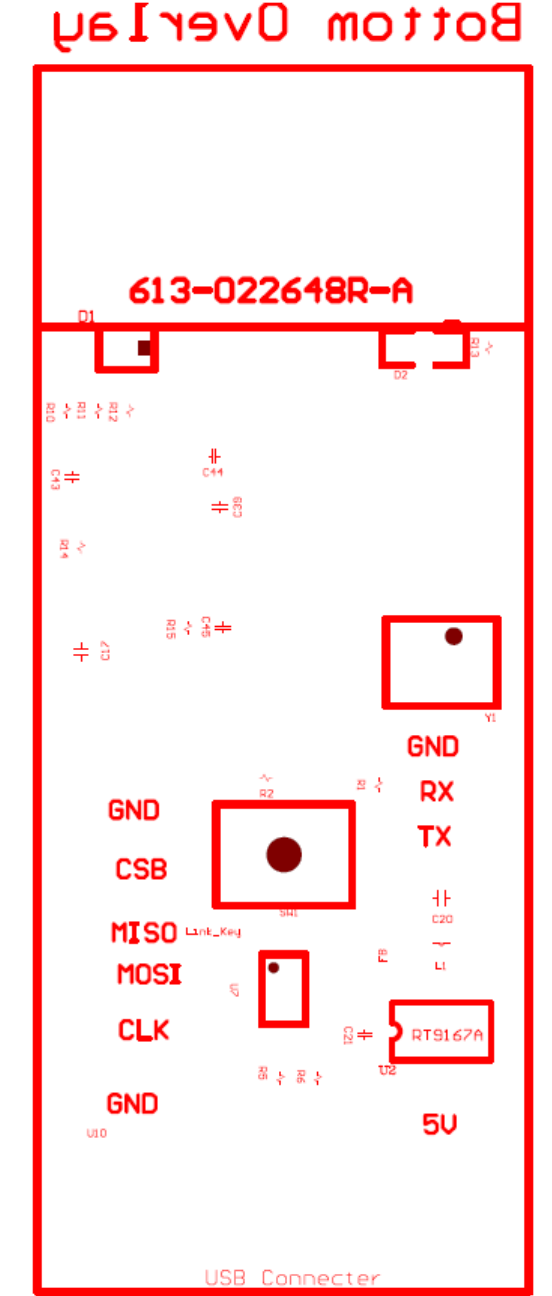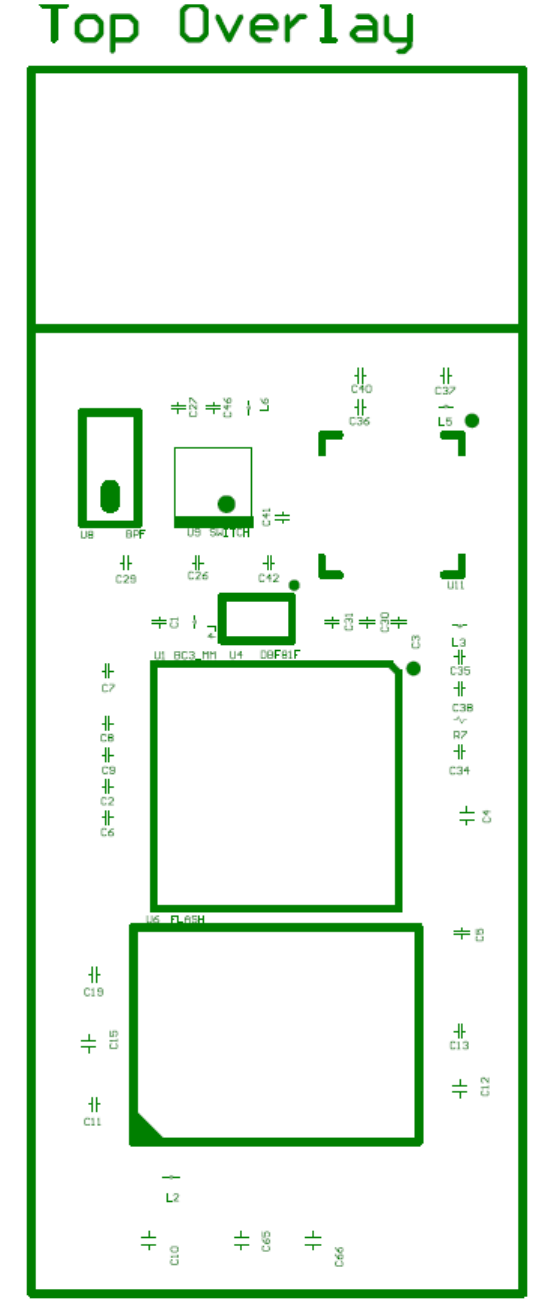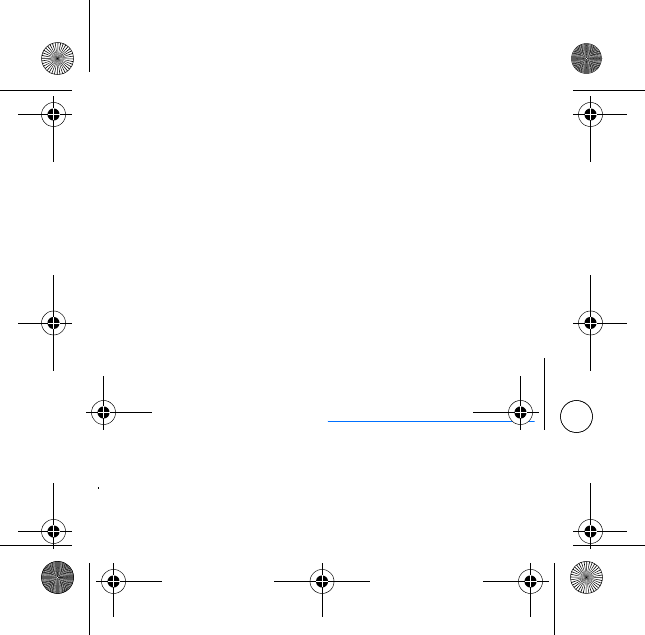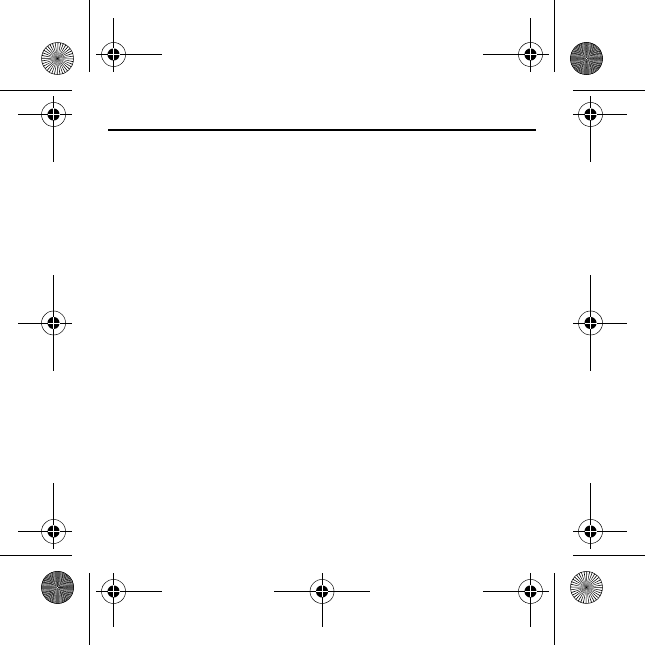GN Audio USA A330 TRAVEL COMPANION User Manual TECOM CO
GN Netcom Inc TRAVEL COMPANION TECOM CO
TECHNICAL MANUAL

Technical Manual
東訊股份有限公司
Tecom
Co;
Ltd
新竹市科學園區研發二路
23
號
23,
R&D
Road
2,
Science-Based
Industrial
Park
Hsin-Chu
Taiwan
R.O.C.

1 Marketing Definition and Requirements
This section shall contain consolidation of the process in product marketing. It is
acceptable that spec can be a bit loose in this chapter but subsequent chapters leave no
room for loose specs.
1.1 General Description
The product is a Bluetooth-enabled USB audio device intended to be used as an accessory
for standard industry PCs. It is designed to work with BT headsets as long as they adhere to
the Bluetooth 1.2 specification supporting the headset Bluetooth profile and supports no
other BT function than bi-directional audio streaming (no support for other BT devices like
Keyboards, Mice, DFU etc.)
The product targets primarily the ingenuous consumer or first-time headset user who
appreciates a hassle free truly PnP solution which operates instantly without requiring
neither configuration nor any installation of software, driver etc.
1.1.1 Market Problem
Due to an increasing interest in convenient VoIP services on standard industry PCs, where
headsets are a prerequisite, there is a growing demand for inexpensive, easy to install and
easy to use cordless headsets solutions.
1.1.2 Product Problem
Originally BT headset intended to be used with Mobile phones supporting voice services
only. Existing BT implementations on PCs consist of built-in BT components or external
accessories, like USB dongles, with BT functions and additional BT SW. This PC BT
implementation compared to built-in BT in telephone handsets is much more complex
(normally supporting many more profiles), and more focused on data use instead of voice
services, even if those solutions are capable supporting, e.g. headset or handsfree profile.
1.1.3 Technology Problem
For BT support in a PC environment a BT Host protocol stack/SW needs to be operated on
the PC. This software needs to be installed, managed and launched by the user on the PC
before the headset can be paired and used for e.g. VoIP services. This kind of use is much
more complex and challenging for the user compared to the BT telephone
implementation/use case.
1.2 Key Features, Benefits and USPs
This section is informative. This is a list of new, essential and unique features which
differentiates the product.
Feature Benefit, explanation, comment
Mono and Stereo capabilities on
same hardware platform
Core unit performs as a mono / voice solution .
Firmware is user upgradeable to additional
stereo operation. In this state the product
converts into a mono/voice plus stereo
streaming device depending on BT HS
capabilities (=Swan).
Ease of use A330 (and Swan) is a truly PnP solution not
requiring any specific driver or installation of
dedicated software for basic operation. Even
though A330 is state of the art in terms of MS
Windows operating system (XP or higher)
support with MS standard USB and audio
drivers.

VoIP client / softphone support
Implementing the newly developed GN USB
standard the device will be compliant to the
Microsoft Unified Communications (UC)
standard. A variety of VoIP clients and/or
softphones using the current GN USB HID
commands (8120, 9300 series) will also
provide basic headset supported without
additional customization. The product is fully
compliant with GN’s PC software
developments and SDKs (Hector).
Other key functionality:
Auto pairing • Device enters into auto pairing mode on 1st
time use / connection
Multiple pairing • Possible to be paired with 6 devices at the
same time
• Depending on firmware version to support
mono and mono / stereo (in the mix via
HS, HF, A2DP and AVRCP profile).
Table 1 - Key features
1.3 Features & Characteristics requirements
This section is based on the marketing product definition sheet. Details of how functions
shall operate must be presented in chapter 3. .
For details please refer to chapter 3 (functional requirements) and 4 (operational
requirements).
Functional
Physical
Characteristics
Connector USB xy
Size App. 70mm (L) x 18mm (W) x 8mm (H)
Weight <10 g
Mechanical
features
Button key Pairing button
Surface treatment No paint applied
Materials – general
characteristics
Mid-range quality feel
MMI features
Controls -
buttons, etc.
Pairing button Large, centered, tactile feeling, supporting
only pairing
Indicators - LEDs,
display, etc.
On, pairing,
connected
a.) 1xBlue LED
b.) 1xBlue LED
Connectors
USB connector x-pin […]

Software features
Bluetooth specific
features
Applicable
standard
1.2
Profiles a.) HS, HF
Number of trusted
devices in the
trusted device list
6
USB software
features
USB device classes • USB generic device
• USB Audio device
• USB composite device
• USB HID device
• USB Telephony device
• USB Keyboard device
HID commands Device fully supports latest specification
of GN USB standard. See also
‘GN USB overview and guidelines.doc’
Other software
features
Power-up
behaviour First power up: goes into the pairing mode
Next power up: try to reconnect to the last
connected device for 1 min.
Downloadable
software
Software firmware updates and upgrades
possible via the USB port
Performance
characteristics
Electrical, RF
RF Bluetoth class 1 device
Power
Management
HS link management optimized maximum
headset standby / talk time
Table 2 - Characteristics
Operational
Environmental
targets
Operating
temperature
-10 - +60
Storage
temperature
-30 - +80
Table 3 - Operational characteristics

2.1
Model
name
Product
Bluetooth PnP Audio USB Class1 Dongle
Product
ID
261-251509R
2.2 Firmware
A330 FW release 0.20
2.3 Hardware
2.3.1 Block Diagram
2.3.2
PCB
Version
PN: 613-022648R Ver: A

3.1 Physical Dimension and Component Placement
With USB connector: 51 mm x 14.05 mm
W/O USB connector: 35 mm x 14.05 mm


3.2 RF Design Specifications
Transmitter
Min Typ Max Bluetooth
Spec Unit
Maximum RF transmit power 16 18 20 +4 ~ +20 dBm
RF Power control range - >20 - ≧16 dB
20dB bandwidth for modulated
carrier - 715 - ≤1000 kHz
Adjacent channel transmit
power F= F0 ±2MHz - -28 - ≤ -20 dBm
Adjacent channel transmit
power F= F0 ±3MHz - -35 - ≤ -40 dBm
Adjacent channel transmit
power F > F0 ±3MHz - -43 - ≤ -40 dBm
Δf1avg Maximum Modulation - 165 - 140<Δ
f1avg<175 kHz
Δf2avg Minimum Modulation - 148 - ≥ 115 kHz
Δf2avg / Δf1avg - 0.9 - ≥ 0.80 -
Initial carrier frequency
tolerance - ≤ 15 - ±75 kHz
Drift Rate - ≤ 15 - ≤ 20 kHz/50
μs
Drift (single slot packet) - ≤ 15 - ≤ 25 kHz
Drift (five slot packet) - ≤ 15 - ≤ 40 kHz
2nd Harmonic content - ≤ -33 - ≤ -30 dBm
3rd Harmonic content - ≤ -33 - ≤ -30 dBm
Receiver
Frequency Min Typ Max Bluetooth
Spec Unit
2.402
GHz <-85 -88 >-90
2.441
GHz <-85 -88 >-90
Sensitivity at 0.1% BER for all
packet type
2.480
GHz <-85 -88 >-90
≤ -70 dBm
Maximum recived signal at 0.1% BER - ≥ -20 - ≥ -20 dBm

ENGLISH
• Keep the device dry . Precipitation,
humidity , and all types of liqu i ds or moisture can contain minerals that will corrode electronic circui ts. If your device does get wet, allow it to dry completely.
• Do not use or store the devic e in dusty , dirty areas. Its moving parts and electronic components can be damaged.
• Do not store the device in hot areas. High temperatures can shorten the
life of electronic devices, damage
batteries, and warp or melt certai n plastics.
• Do not store the device in cold areas. When the device returns to its normal temperature, moisture can form inside the device and damage
electronic circuit boards.
• Do not attempt to open the device.
• Do not drop, knock, or shake the device. Rough handling can break
internal circuit boards and fine mechanics.
• Do not use harsh chemicals, cleaning solvents, or strong detergents to clean the device.
• Do not paint the device. Paint can clog the moving parts and prevent proper operation.
All of the above suggestions apply
equally to your device, battery, charger, or any enhancement. If any device is not working properly, take it to the nearest authorized service facility for servi ce.
FCC/Industry
Canada notice
This device complies with Part 15 of the FCC
Rules. Operation is subject to the following
two conditions: 1. This device may not cause
harmful interference; and 2. This device
must accept any interference received,
including interference that may cause
undesired operation. This equipment has

ENGLISH
been tested and found to comply with the
limits for a Class B digital device, pursuant to
Part 15 of the FCC Rules. These limits are
designed to provide reasonable protection
against harmful interference in a residential
installation. This equipment generates, uses
and can radiate radio frequency energy and,
if not installed and used in accordance with
the instructions, may cause harmful
interference to radio communications.
However, there is no guarantee that
interference will not occur in a particular
installation. If this equipment does cause
harmful interference to radio or television
reception, which can be determined by
turning the equipment off and on, the user is
encouraged to try to correct the interference
by one or more of the following measures:
Reorient or relocate the receiving antenna.
Increase the separation between the
equipment and receiver. Connect the
equipment into an outlet on a circuit
different from that to which the receiver is
connected. Consult the dealer or an
experienced radio/TV technician for help.
NOTE: FCC Radiation Exposure Statement:
This equipment complies with FCC radiation
exposure limits set forth for an uncontrolled
environment. This transmitter must not be
co-located or operating in conjunction with
any other antenna or transmitter. NOTE:
Changes or modifications not expressly
approved by Nokia could void the user's
authority to operate the equipment.
HS-52W_with_FCC&IC_notice.fm Page 10 Thursday, January 4, 2007 3:23 PM